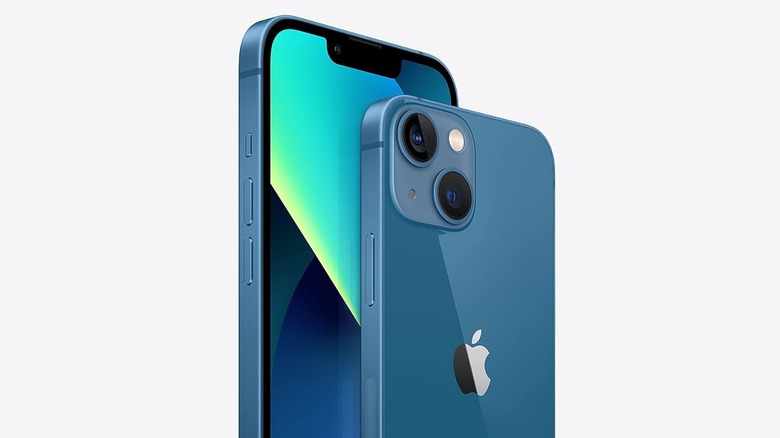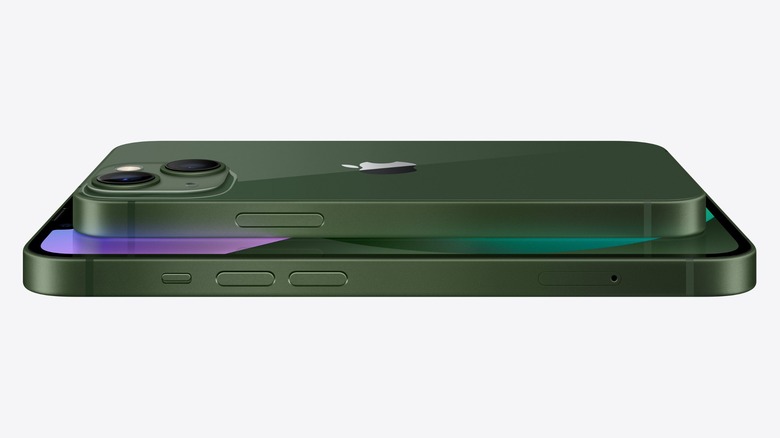Why Apple Discontinued The iPhone Mini
We may receive a commission on purchases made from links.
Smartphones keep getting bigger, to the point that few new phones qualifying as "smaller" are left on the market. How do we define "big" vs. "small" smartphones, though? The best rule of thumb comes from a study that LG conducted around the 2013 release of its G2 flagship smartphone, which showed that a width of 2.8 inches is just about the biggest phone that most people can comfortably hold one-handed. The list of currently available small smartphones with well-supported software is pretty short, limited to pretty much just base Apple iPhones, base Samsung Galaxy S phones, the Google Pixel 8, and the Asus Zenfone 10. If you're like me and you want a smaller phone, this limited selection can be particularly infuriating, especially if you're looking at your carrier's even more limited selection.
For a couple of iPhone product cycles, Apple actively sought out that segment of the market, enticing them with not just the base iPhone 12 and iPhone 13 models right at the limits of the 2.8-inch barrier, but also offering significantly smaller editions of both phones, as well. While the "standard" iPhone came in just over 2.8 inches wide, the Mini was much narrower at 2.53 inches. It was a nice addition to the line, but when the iPhone 14 hit in 2022, it was gone. If you want something smaller than the base iPhone, you have to get the 2.65 inch wide, cheaper iPhone SE instead of a smaller flagship.
Barely anyone bought either generation of the iPhone Mini
The end of the iPhone Mini comes down to one factor: Demand, or lack thereof. The first signs of trouble arose in early 2021, when Consumer Intelligence Research Partners revealed that during the iPhone 12 launch window, the Mini accounted for just six percent of sales across the new line. Later that month, a leaked Morgan Stanley investment note revealed that Apple planned to cut iPhone 12 Mini production by two million units to increase iPhone 12 Pro production capacity. Several weeks after that, a Nikkei Asia report pegged Apple at cutting Mini production 70 percent from original plans for the first half of 2022. Just six months in, the experiment was a failure, but Apple's lead times are long enough that there'd still be an iPhone 13 Mini. Sure enough, another CIRP report soon showed it was selling even worse than its predecessor did.
Possibly a factor in this was how Apple decided to price the iPhone Mini: Only about $100 less than a comparable standard iPhone. The iPhone Mini was not supposed to be some kind of major value proposition over the full-sized iPhone, just an alternative for someone who missed the days of phones that were smaller than the current "small." You took a hit on battery life, too: At least in the iPhone 13 range, the Mini had a 25 percent smaller battery than the main iPhone, which arguably justifies a bigger discount from the larger model than Apple was willing to offer. When all was said and done, the demand for a small phone wasn't there and the price was likely a bit too high for this diminutive flagship.

